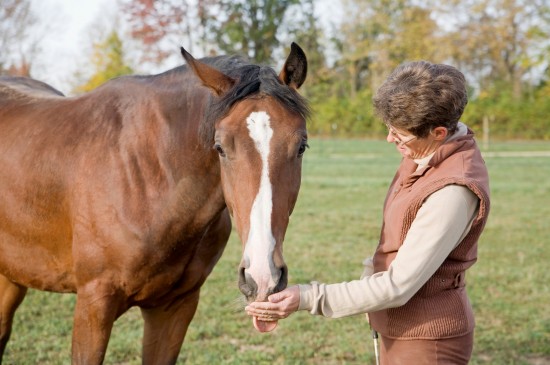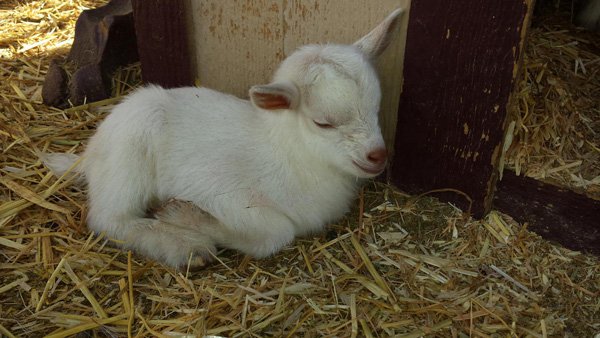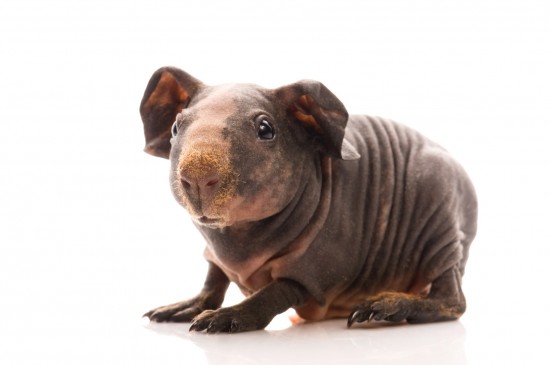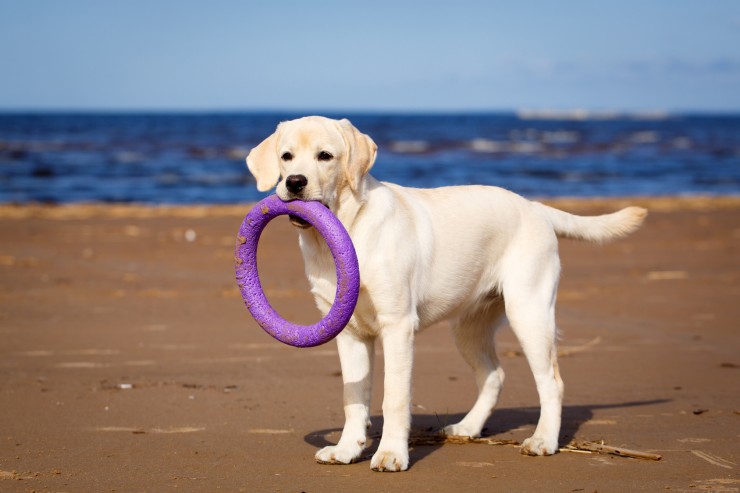
So you have just set up your tank, you have everything in place,
the pump is ready to aerate, the filter ready to filter and the
heater ready to heat, you have filled the tank with clean water
and have planted your aquarium beautifully and you are eager to
rush out to the pet store and buy a load of fish.
No. Stop!
When the tank is initially set up it needs to adjust, the
temperatures must be correct and the environment must establish
itself. Friendly bacteria must build in the filtration system
needed to break down the ammonia levels in the water once fish
are introduced.
Once you have filled the tank and have the décor, plants heater
and filter in place then leave the water to rise to room
temperature before turning on the heater. Gradually let the
water heat to around 76f depending on the fish you will be
buying (always check with your aquarist for the ideal
temperature for the fish you want).
Once the tank temperature is at the right level turn on your
filter and air pumps, the temperature will dip a little but will
soon catch up, leave the tank to acclimatise and develop for a
few days. Some aquarist leave a two day gap I tend to leave the
tank for seven days to ensure the friendly bacteria has a chance
of developing. Feed the water and your plants during this time
as this will encourage the bacteria to develop in the filter
sponges.
When you have selected the fish you want from your aquarium
centre float them in the bag they came in on top of your water,
this will allow the fish to settle and the temperature of the
water bag to adjust to the water temperature in the tank, this
is important as a sudden change in temperature can paralyse,
shock even kill new fish. Float the fish for around twenty
minutes then slowly mix some of the tank water in the bag so
that you can view any changes in the fish. If you are satisfied
with that the fish are ready slowly release the fish into the
tank.
Sit for a while with your new fish, check that they are swimming
correctly and that the fish are not gasping for air, twitching
or showing any other signs of distress. Do not feed them, more
than likely they will have been fed at the aquarium centre.
Overfeeding kills more fish than starvation.
Over the first few days keep a good check on your fish, test the
water and be vigilant of any changes. Feed them only around once
a day so that rotting food doesn’t build up.
Adding large amounts of fish makes ammonia levels soar in the
tank and the filter will not be able to cope, introduce only a
small amount of fish at a time, if the fish are small then
introduce them a few at a time over a few weeks. If the fish you
choose are fairly large then you should only introduce one at a
time. Stocking the tank is a crucial time whether for the first
time or restocking. More fish means more waste, adding all of
the fish at once will mean that a sudden surge in toxins are
introduced to the water, this can be fatal. It is much better to
be patient and allow the fish and the delicate environmental
balance of the aquarium adjust before adding any more.
This method may take longer than you had originally anticipated
but if you are going to enjoy your aquarium then being patient
will be one skill worth developing.
 Why Does My Dog Lick Soft Furnishings?
Why Does My Dog L
Why Does My Dog Lick Soft Furnishings?
Why Does My Dog L
 Alternative Sources Of Fibre For Horses
Alternative Sourc
Alternative Sources Of Fibre For Horses
Alternative Sourc
 Top Quality Pet Toys Can Be Bought Cheaply
Top Quality Pet Toys Can Be Bought Cheaply
You
Top Quality Pet Toys Can Be Bought Cheaply
Top Quality Pet Toys Can Be Bought Cheaply
You
 How To Look After A Hairless Guinea Pig (skinny Pig)
How To Look After
How To Look After A Hairless Guinea Pig (skinny Pig)
How To Look After
 Four Hidden Dangers In Outdoor Water Sources That Can Harm Your Dog
Four Hidden Dange
Four Hidden Dangers In Outdoor Water Sources That Can Harm Your Dog
Four Hidden Dange
Copyright © 2005-2016 Pet Information All Rights Reserved
Contact us: www162date@outlook.com